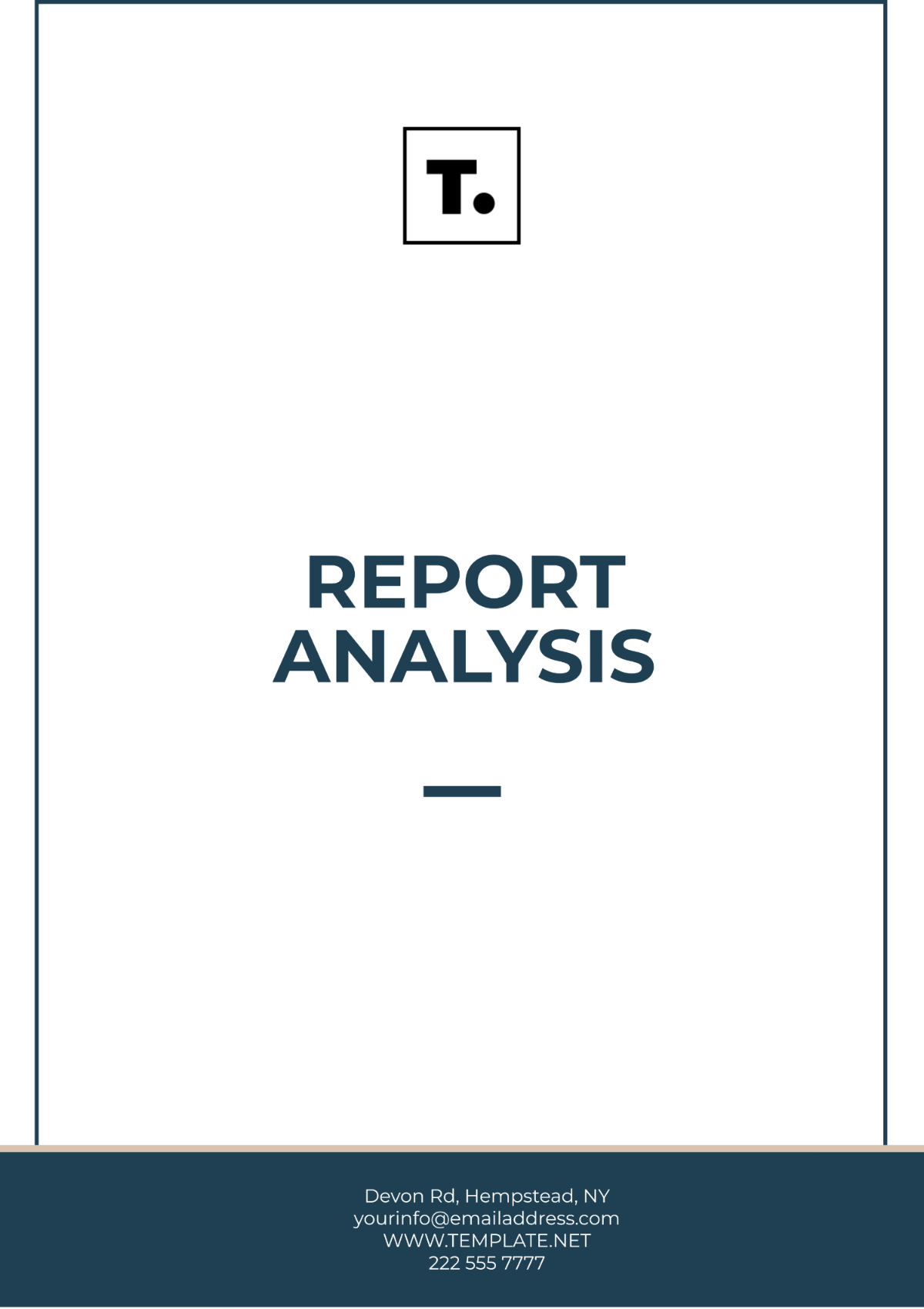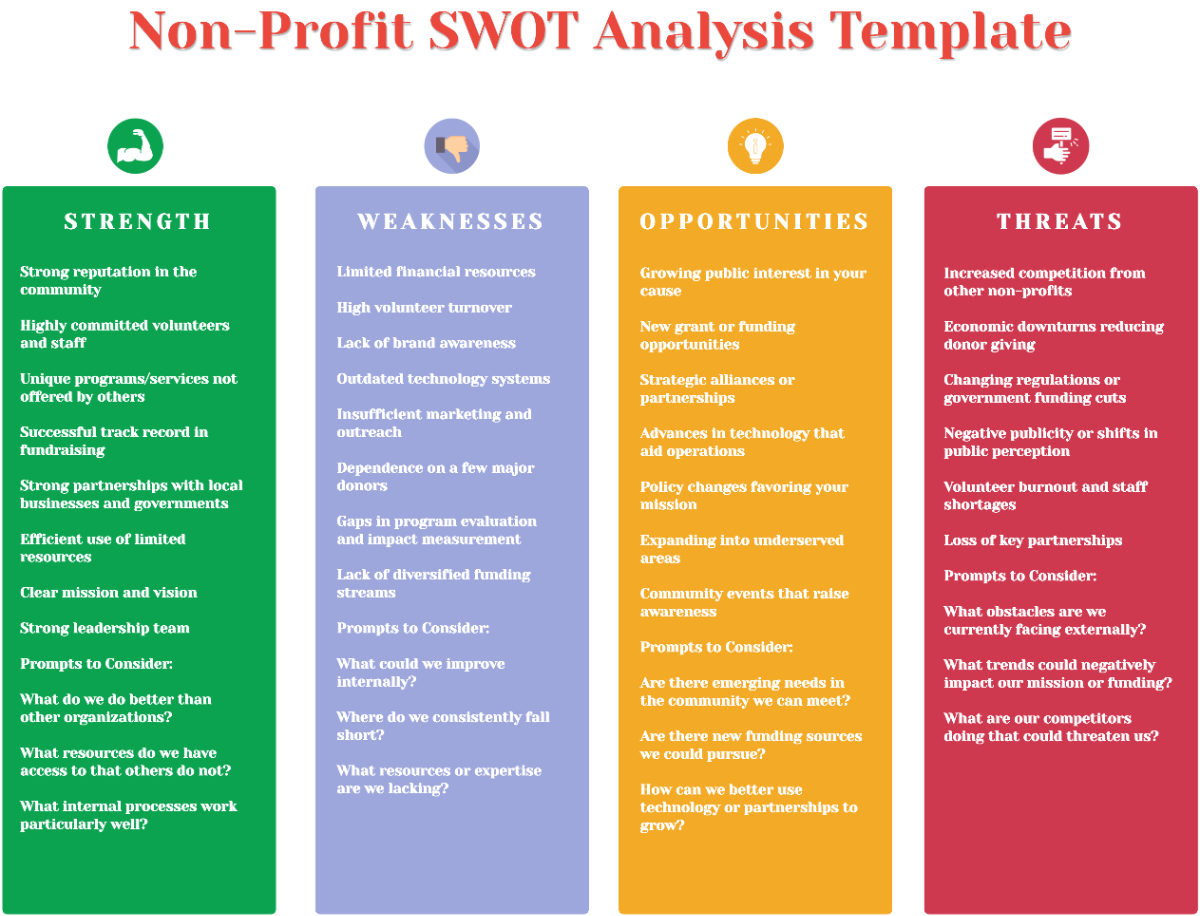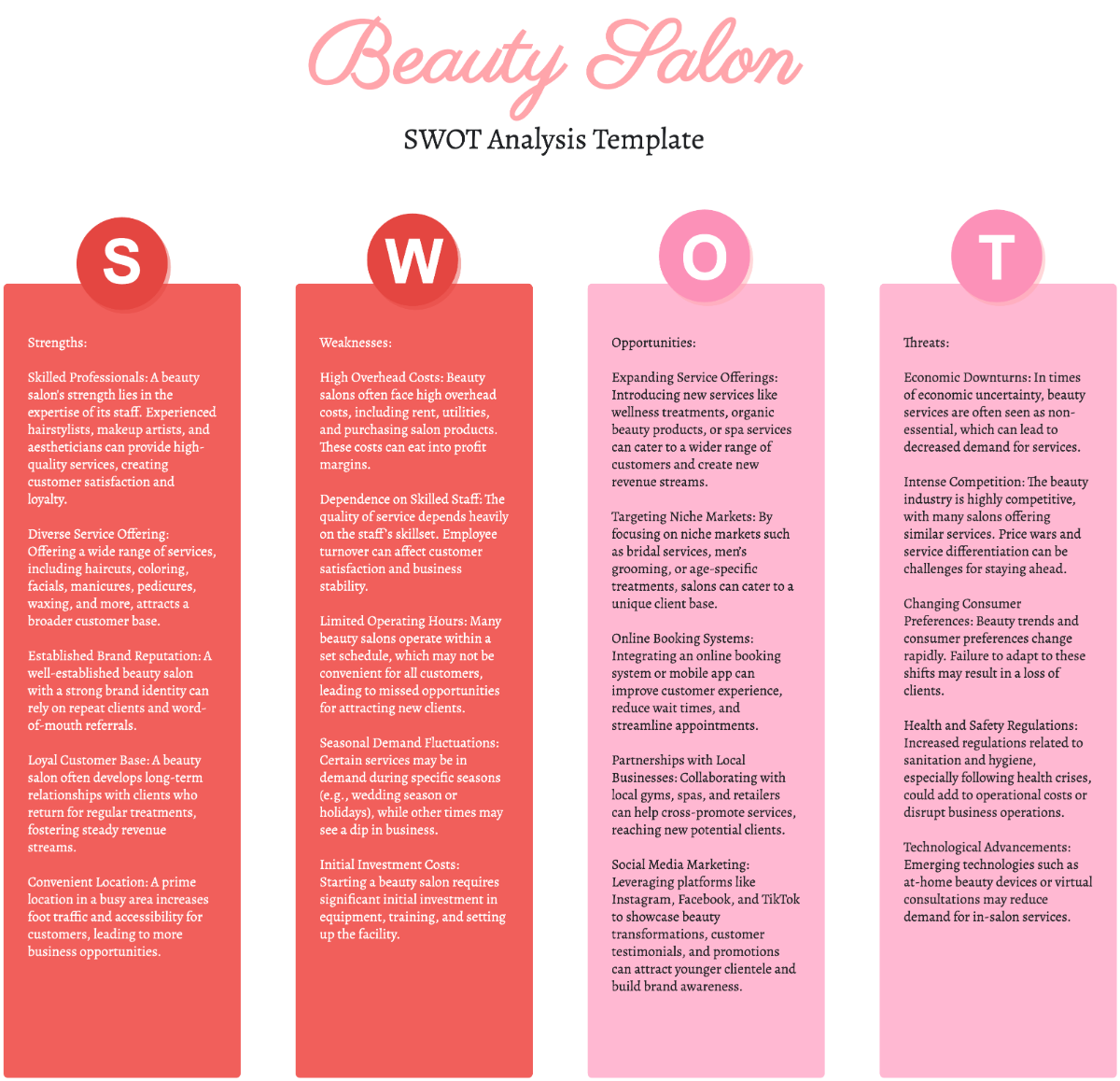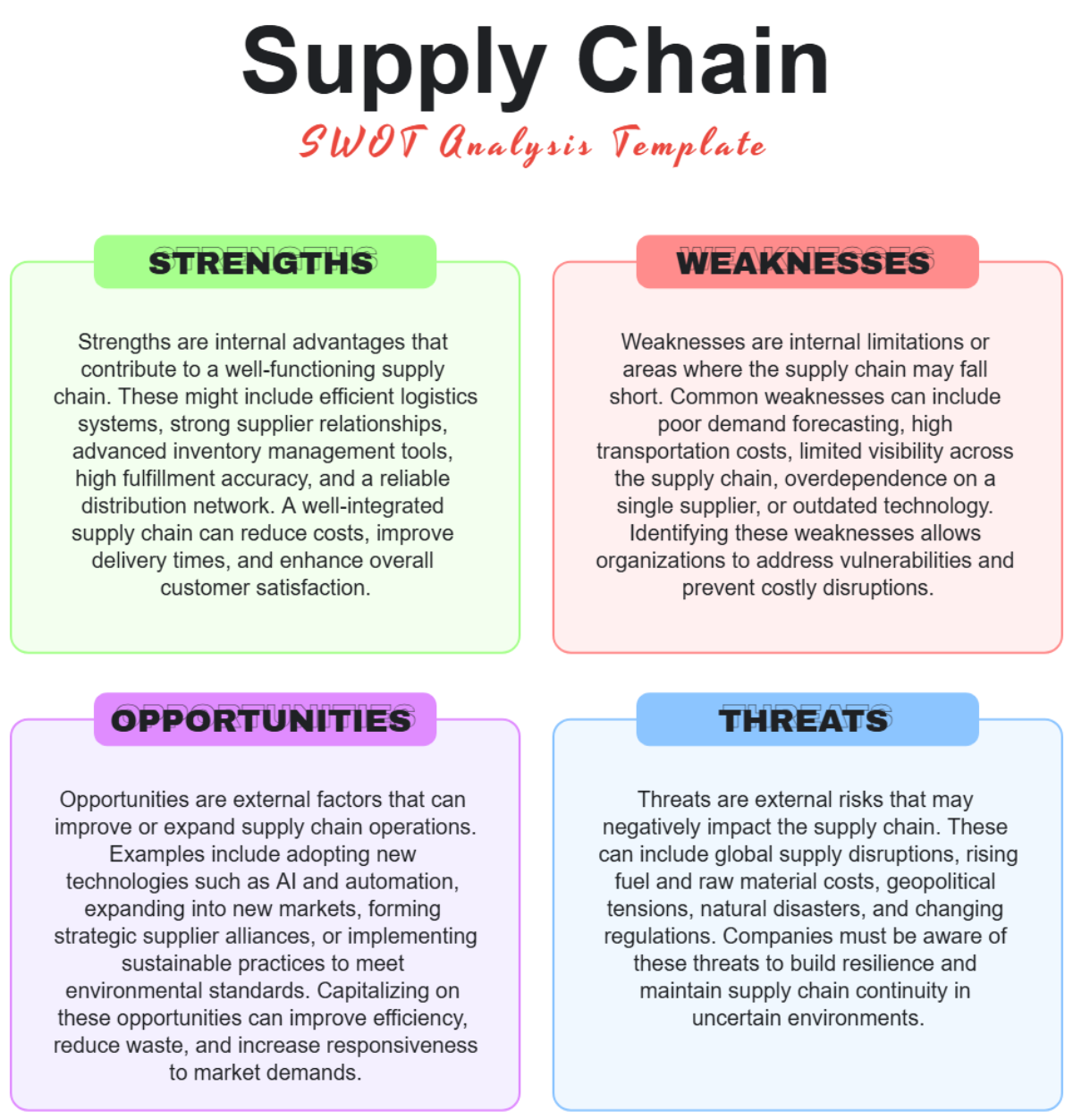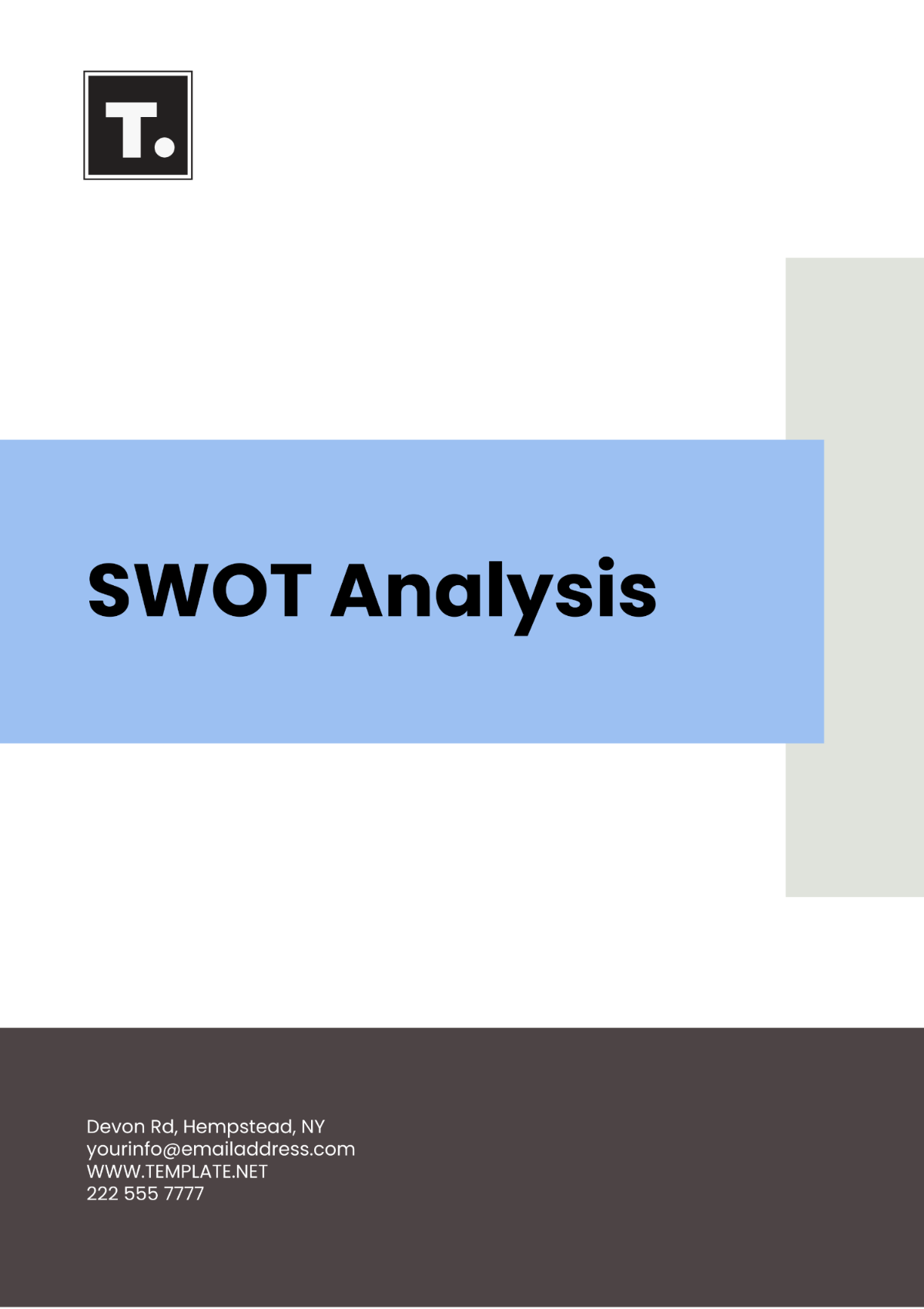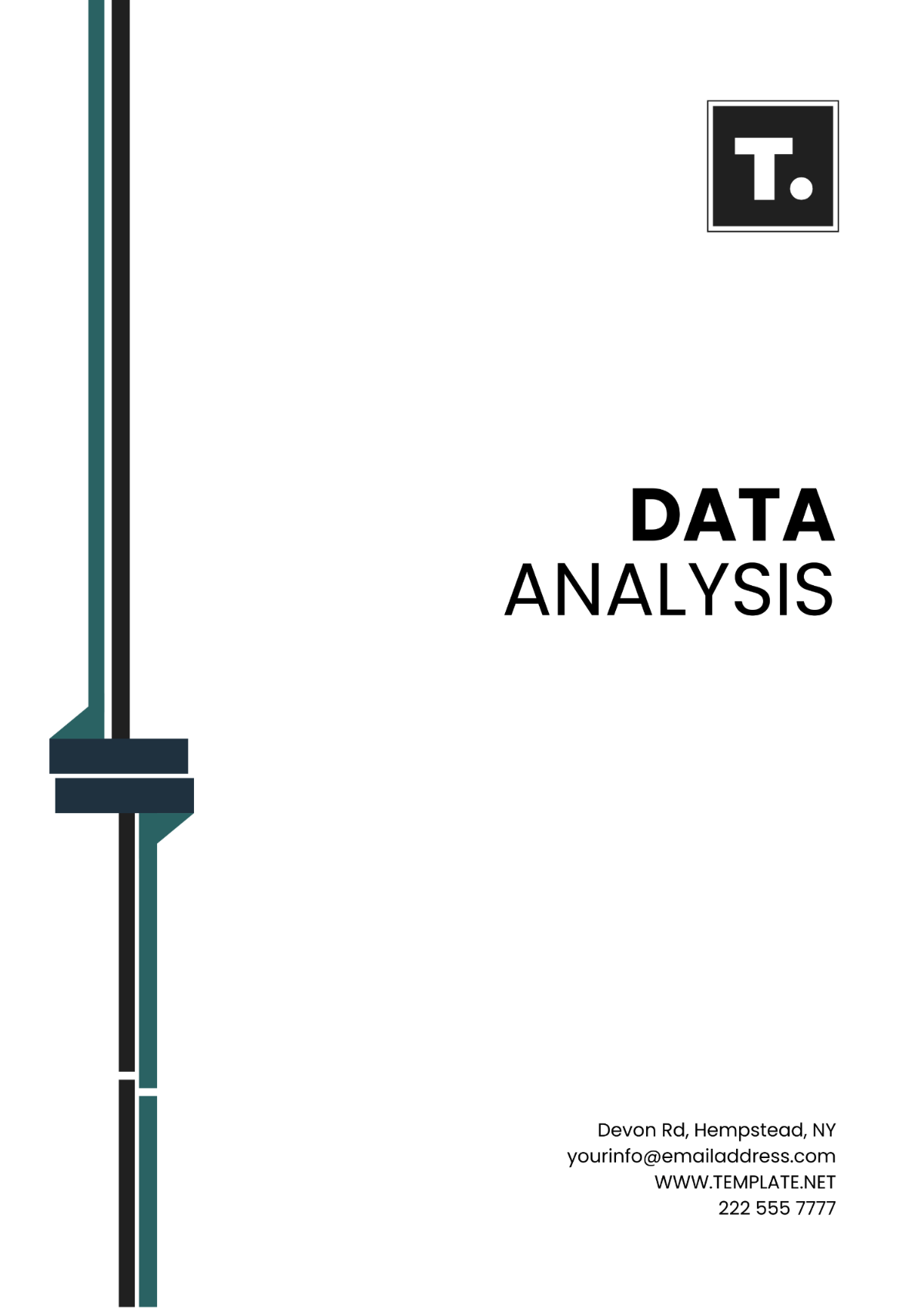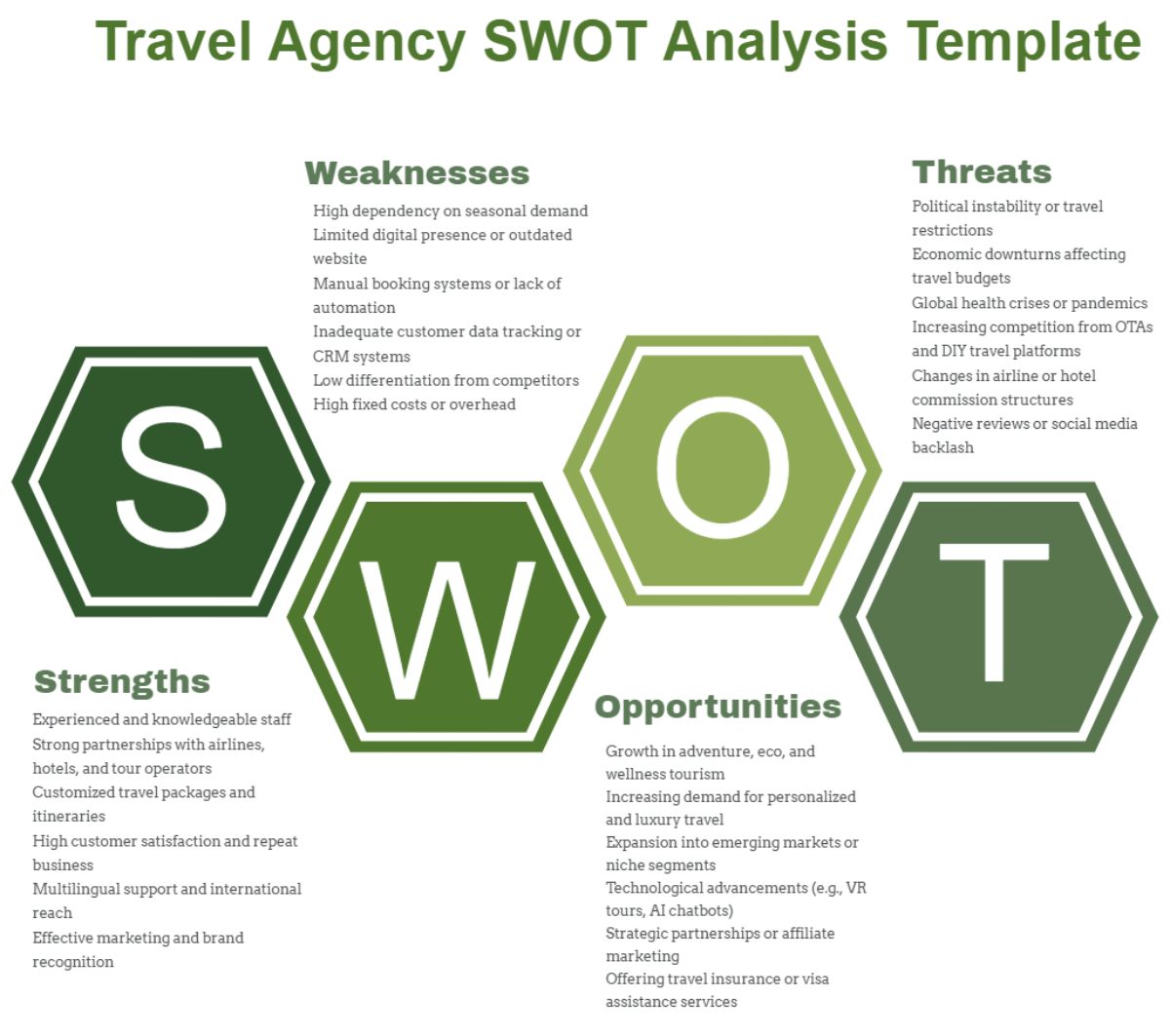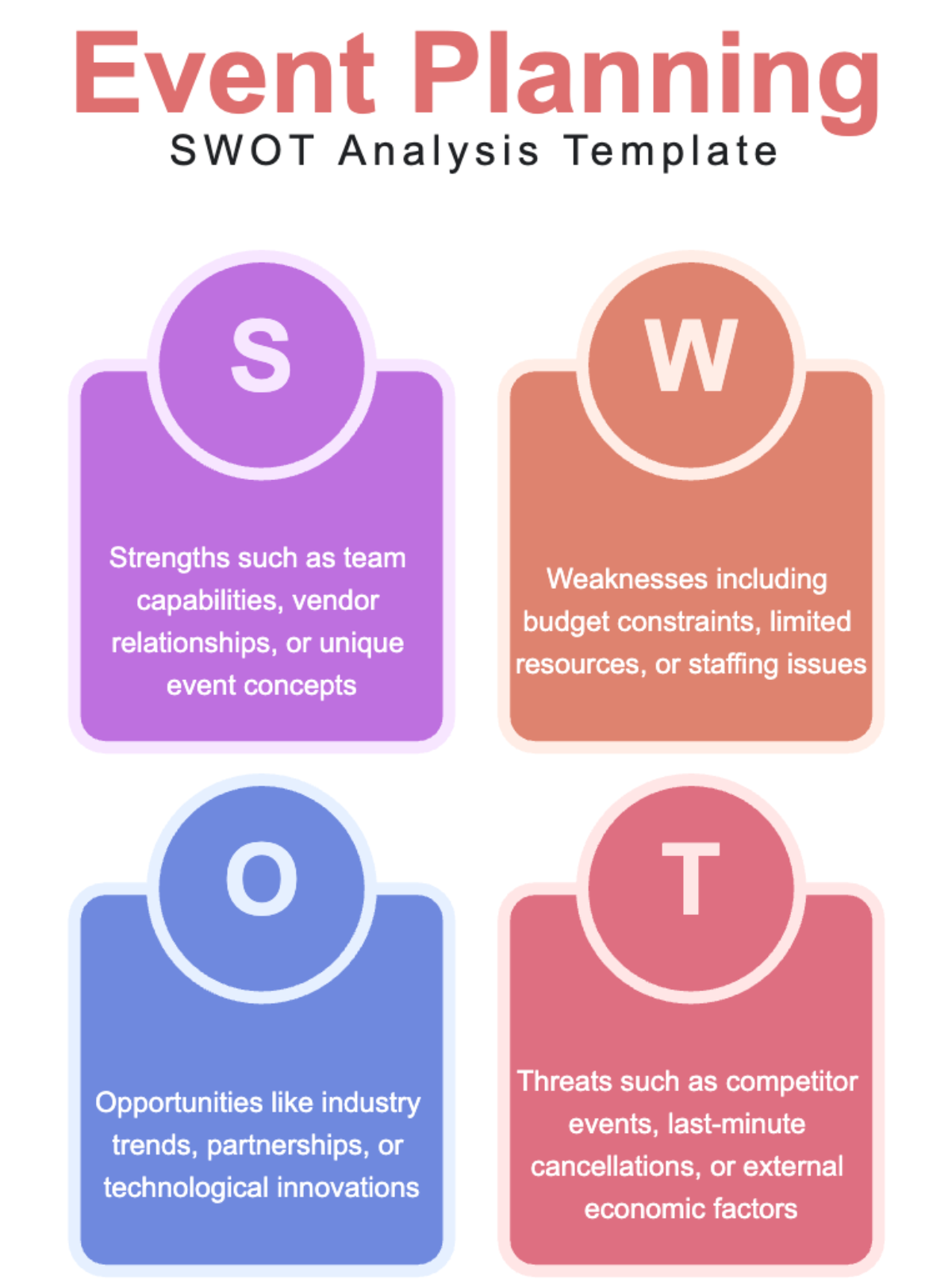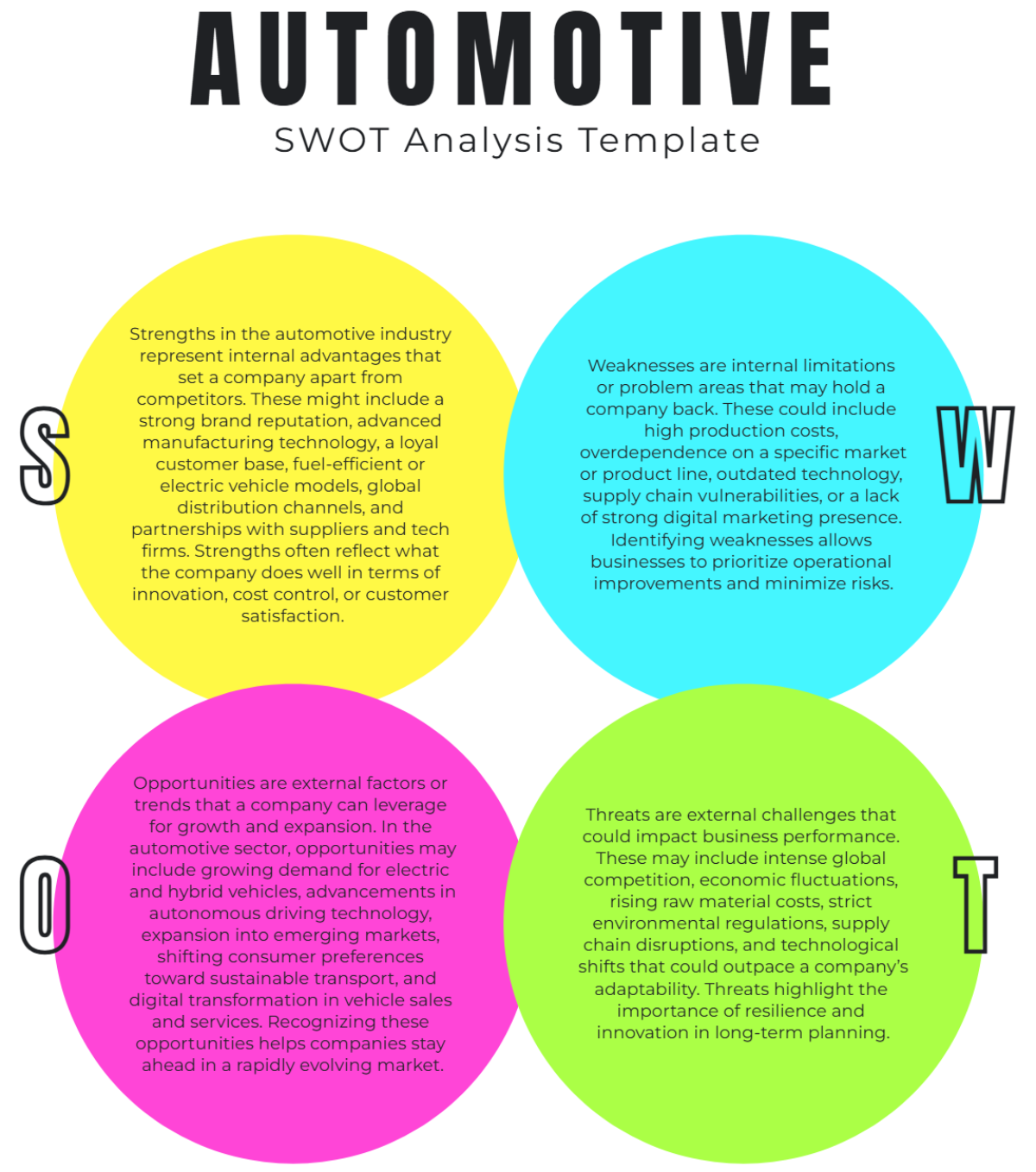Free Salon Location Analysis Template
Salon Location Analysis
I. Introduction
A. Importance of the Analysis
The importance of location analysis in the context of a salon business cannot be overstated. It is a key determinant of the business’s success. Here are some reasons why:
Maximizing Market Penetration: The right location can help reach more of the target market and increase the customer base. It can also enhance the visibility of the salon, attracting more potential customers. This increased visibility can lead to higher brand recognition and customer loyalty, contributing to long-term business success.
Achieving Economic Sustainability: Locations with the right demographic, economic, and competitive characteristics can contribute to the business’s financial sustainability. A location with a high potential customer base and low competition can lead to higher revenues and profits. This financial stability can provide the resources necessary for business expansion and innovation.
Brand Alignment: The location should reflect the brand’s image and appeal to its target demographic. A location that aligns with the brand’s identity can enhance its reputation and attract the right customers. This alignment can lead to increased customer satisfaction and loyalty, which are crucial for the salon’s success.
B. Goals of the Analysis
The analysis aims to identify the best potential locations for [Your Company Name]. The goals of the analysis are:
Identify High Foot Traffic Locations: Locations with high foot traffic can increase the visibility of the salon and attract more customers. These locations are typically in busy areas such as shopping centers, business districts, or near public transportation hubs. By being in a high foot traffic location, the salon can attract a wide range of customers, including both regulars and walk-ins.
Align with Target Demographic: The analysis aims to identify locations that align with the brand’s target demographic. This can help attract the right customers and increase customer satisfaction. By understanding and targeting the right demographic, the salon can tailor its services to meet the specific needs and preferences of its customers, leading to higher customer satisfaction and repeat business.
Understand Regional Economic Indicators: Understanding regional economic indicators can help identify locations with high potential for economic sustainability. These indicators can include factors such as average income levels, unemployment rates, and future economic growth projections. By choosing a location with positive economic indicators, the salon can position itself for long-term success.
Assess Competitor Density: The analysis also aims to assess the density of competitors in potential locations. This can help identify locations with low competition, increasing the chances of success for the salon. By understanding the competitive landscape, the salon can develop strategies to differentiate itself and gain a competitive edge.
C. Benefits of the Analysis
Conducting a comprehensive location analysis can provide several benefits for [Your Company Name]:
Informed Decision Making: The analysis can provide valuable insights that can guide decision-making regarding the selection of salon locations. These insights can help the salon avoid costly mistakes such as choosing a location with low foot traffic or high competition. By making informed decisions, the salon can increase its chances of success and maximize its return on investment.
Increased Chances of Success: By identifying the best potential locations, the analysis can increase the chances of success for the salon. The right location can attract more customers, generate higher revenues, and contribute to the salon’s overall success. By choosing the right location, the salon can set a strong foundation for its operations and growth.
Enhanced Brand Image: Selecting the right locations can enhance the brand image of [Your Company Name] and attract the right customers. A location that reflects the brand’s image can help create a positive impression among customers and build a strong brand identity. This strong brand image can lead to higher customer loyalty and word-of-mouth referrals, contributing to the salon’s growth and success.
Sustainable Growth: The analysis can help [Your Company Name] achieve sustainable growth by identifying locations with high potential for success. By choosing these locations, the salon can ensure its long-term viability and growth. This sustainable growth can provide the resources necessary for the salon to expand its services, innovate, and continue to meet the needs of its customers.
II. Methodology
A. Data Collection
Data collection is the first and one of the most crucial steps in our methodology. It involves gathering the necessary information that will form the basis of our analysis.
Primary Data Collection: Primary data was collected through surveys and direct observations. Surveys were conducted to gather firsthand information from potential customers, while direct observations allowed us to assess the physical characteristics of potential locations. This approach ensures that our analysis is grounded in real-world observations and experiences.
Secondary Data Collection: Secondary data was sourced from market research reports and existing demographic studies. This data provides a broader context, helping us understand general trends and patterns in the salon industry and the wider market.
B. Data Analysis Tools
Data analysis tools are used to process and interpret the collected data. These tools help us draw meaningful conclusions from the raw data.
Geographic Information Systems (GIS): Geographic Information Systems (GIS) were utilized to map potential locations against key variables such as population density and income levels. GIS is a powerful tool that allows us to visualize data in a geographical context, helping us understand spatial relationships and patterns.
Comparative Analysis: Comparative analysis was conducted to assess the saturation of competitors in various regions. This involves comparing potential locations based on the number of existing salons, helping us identify areas with less competition.
C. Stakeholder Interviews
Stakeholder interviews provide qualitative insights that supplement the quantitative data, crafting a holistic view of each potential location.
Interviews with Potential Customers: Interviews with potential customers provide insights into customer preferences and behaviors. These interviews help us understand what customers value in a salon, which can guide our location selection process.
Interviews with Local Business Owners: Interviews with local business owners provide insights into the local business environment. These insights can help us understand the challenges and opportunities we may face in different locations.
Interviews with Community Leaders: Interviews with community leaders can provide valuable insights into community characteristics and trends. These insights can help us understand how our salon might be received in different communities.
D. Integration of Findings
The integration of findings is the final step in our methodology. It involves bringing together the insights from our data collection, data analysis tools, and stakeholder interviews to form a comprehensive understanding of each potential location.
Synthesis of Findings: The findings from our data collection, data analysis tools, and stakeholder interviews are synthesized to form a comprehensive understanding of each potential location. This synthesis allows us to see the big picture and make informed decisions about where to locate our salon.
Evaluation of Potential Locations: Each potential location is evaluated based on the synthesized findings. This evaluation helps us identify the strengths and weaknesses of each location, guiding our location selection process.
Selection of Optimal Locations: Based on the evaluation, the most optimal locations for our salon are selected. These locations are those that best meet our criteria and offer the greatest potential for success.
III. Findings and Analysis
The findings and analysis presents the results of our comprehensive location analysis. It provides a detailed overview of each potential location, considering factors such as population density, dominant age group, income level, and competitor density. The following table summarizes these findings:
Location | Population Density | Age Group Dominance | Income Level | Competitor Density |
|---|---|---|---|---|
Central Business District | High | 25-45 | High | High |
Suburban Area - West End | Medium | 30-50 | Medium | Low |
A. Demographic Suitability
Demographic suitability refers to the alignment of the demographic characteristics of a location with the target market of [Your Company Name].
Central Business District: Areas with higher concentrations of the 25-45 age group, such as the Central Business District, showed a greater demand for salon services. This age group is typically associated with a high demand for personal care services, including salon and spa services.
High-Income Neighborhoods: High-income neighborhoods displayed a preference for premium salon services. This suggests that in areas with a high income level, such as the Central Business District, [Your Company Name] could potentially offer more premium or specialized services to cater to this market segment.
B. Geographic Considerations
Geographic considerations involve assessing the physical characteristics of a location, including its population density and foot traffic.
Central Business District: Central business districts typically have the highest foot traffic due to the concentration of businesses and retail establishments. However, they also have significant competition, which could pose challenges for a new salon.
Suburban Areas: Suburban areas with growing residential developments, like the West End, were identified as emerging markets. These areas may have less foot traffic than central business districts, but they also have less competition, making them potentially attractive locations for a new salon.
C. Competitor Saturation
Competitor saturation refers to the number of competing salons in a given location.
Downtown Areas: Several downtown areas, including the Central Business District, are already saturated with existing salons. This high level of competition reduces the attractiveness of these locations for a new salon.
Suburban Locations: New shopping centers in suburban locations, like the West End, present opportunities with moderate competitor presence. These areas could offer a balance between sufficient foot traffic and manageable competition.
D. Economic Indicators
Economic indicators, such as income levels and economic growth projections, can provide insights into the economic viability of a location.
Projected Growth in Disposable Income: Locations with a projected growth in disposable income over the next five years, such as the Central Business District and the West End, are deemed highly favorable. This suggests that residents in these areas will have more disposable income to spend on personal care services, including salon services, in the future.
Economic Stability: The economic stability of a location is another important factor to consider. Locations with stable economies are more likely to provide a consistent customer base for the salon. Economic stability can be assessed through indicators such as employment rates, economic growth rates, and the stability of the local housing market.
The Central Business District (CBD) and the Suburban Area - West End each present unique opportunities and challenges for [Your Company Name]. The CBD, with its high population density and income level, offers a large potential customer base and a market for premium services. However, the high competitor density in this area means [Your Company Name] would face significant competition, which could pose challenges for a new salon. Additionally, locations in CBDs often come with high rent, which could impact profitability.
On the other hand, the Suburban Area - West End, with its medium population density and lower competitor density, could be an excellent location for a salon offering a mix of basic and premium services. The growing residential developments in this area suggest an increasing potential customer base in the future. However, the dominant age group is slightly older, ranging from 30-50, which may have different preferences in terms of salon services compared to the younger age group dominant in the CBD. The medium income level in this area suggests that customers may be more price-sensitive, potentially limiting the ability to offer premium services.
In conclusion, both locations have their unique strengths and weaknesses, and [Your Company Name] should consider these factors carefully when deciding on the best location for its salons. The decision should align with [Your Company Name]'s business model, target market, and strategic objectives. Regular updates to this analysis will ensure that the location strategy remains relevant and effective in the face of changing market conditions.
IV. Actionable Recommendations
A. Focus on Suburban Growth Areas
Suburban growth areas present significant opportunities for [Your Company Name]. These areas often have growing populations and less competition, making them ideal for new salons.
Prioritize New Shopping Centers: New shopping centers in suburban areas are often bustling with activity, attracting a large number of potential customers. These locations also typically have medium to high-income families, which aligns with [Your Company Name]'s target market.
Leverage Residential Growth: Suburban areas often have growing residential developments. These developments can bring in a steady stream of potential customers, making them attractive locations for new salons.
Consider Future Growth: When selecting locations in suburban growth areas, consider not just the current population and income levels, but also future growth projections. Areas with a projected increase in population or income levels can offer more opportunities in the future.
B. Develop Premium Service Offerings
Premium service offerings can help [Your Company Name] differentiate itself in high-income neighborhoods and central business districts.
Offer Specialized Services: Consider offering specialized services that cater to the unique needs and preferences of high-income customers. These could include premium hair treatments, luxury nail services, or personalized beauty consultations.
Focus on Customer Experience: High-income customers often value a superior customer experience. Ensure that [Your Company Name] offers exceptional customer service, a comfortable and luxurious salon environment, and personalized care.
Leverage Branding: Strong branding can help [Your Company Name] stand out in high-income neighborhoods. Ensure that the salon’s branding reflects its premium service offerings and appeals to its target market.
C. Enhance Online Visibility
Enhancing online visibility can be particularly beneficial in areas with high foot traffic, such as central business districts.
Invest in SEO: Search Engine Optimization (SEO) can help [Your Company Name]'s website rank higher in search engine results, making it easier for potential customers to find the salon online.
Leverage Social Media: Social media platforms can be effective tools for reaching potential customers. Regularly post engaging content on [Your Company Name]'s social media profiles to attract followers and promote the salon’s services.
Offer Online Booking: Offering online booking can make it more convenient for customers to schedule appointments, potentially increasing the number of bookings.
D. Consider Temporary Pop-Up Concepts
Temporary pop-up concepts can be an effective way to test the market response in highly saturated markets.
Test New Services: Use pop-up concepts to test new services before offering them in the main salon. This can help [Your Company Name] gauge customer interest and gather feedback.
Promote Brand Awareness: Pop-up concepts can generate buzz and increase brand awareness. This can be particularly beneficial in highly saturated markets, where it can be challenging to stand out.
Minimize Risk: Pop-up concepts involve less risk than opening a new permanent location. If the pop-up concept is successful, [Your Company Name] can consider opening a permanent location in the area.
V. Conclusion
The analysis conducted provides a comprehensive understanding of the potential locations for [Your Company Name]'s operations. It highlights the unique characteristics of each location, from demographic suitability to economic indicators, and presents actionable recommendations tailored to these insights.
The suburban regions with burgeoning residential growth represent a prime opportunity with substantial untapped market potential. However, penetrating high-density urban locations like the Central Business District will require strategic efforts. Premium service offerings and strategic online marketing efforts will be crucial in these areas to differentiate [Your Company Name] from the competition and attract the right clientele.
By following the recommendations [Your Company Name] can leverage the unique strengths and opportunities presented by each potential location, aligning them with the overall strategic goals. As the market dynamics continue to evolve, ongoing review and adaptation of strategies will be necessary to maintain competitive advantage and market relevance.



